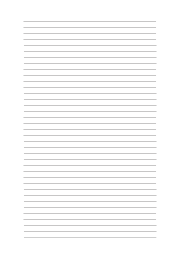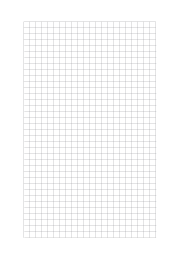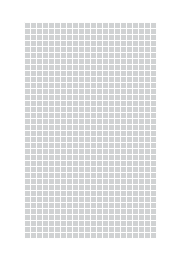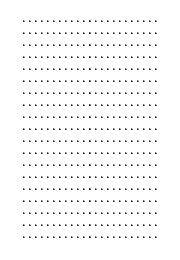

Everything You Need to Know About Lined Paper (Ruled Paper)
Lined paper, also known as ruled paper, is a writing essential used by students, professionals, and creatives worldwide. Whether for note-taking, journaling, handwriting practice, or drafting essays, ruled paper provides structure and readability, making writing easier and more organized.
Types of Lined Paper & Their Uses
Not all lined paper is the same! Different ruling styles cater to specific needs:
- Wide Ruled Paper ( 3/4 inches or 1 cm spacing ) – Common in elementary schools, allowing more space for developing handwriting.
- College Ruled Paper ( 1/2 inches or 7mm spacing ) – Standard for students and professionals who need more lines per page.
- Narrow Ruled Paper ( 1/4 inch or 5mm spacing ) – Ideal for those with smaller handwriting or dense note-taking.
How Is Ruled Paper Used?
Lined paper is used in many different areas, from education to creative fields:
- Academic Writing & Studying – Students use ruled paper for note-taking, essay drafting, and math calculations. For elementary students, wide ruled paper ( 3/4 inches or 1 cm spacing ) is ideal, while college students often prefer college ruled paper ( 1/2 inches or 7mm spacing ).
- Journaling & Creative Writing – Many writers prefer lined pages for storytelling, poetry, and daily reflections.
- Calligraphy & Handwriting Practice – Lined paper helps develop letter consistency and proper spacing. Wide ruled paper ( 3/4 inches or 1 cm spacing ) is especially suitable for beginners.
- Business & Legal Work – Professionals use legal ruled paper for contracts, meeting notes, and record-keeping.
- Music Composition – Some musicians annotate lyrics or basic notations on ruled pages before transcribing onto sheet music.
Fun Facts About Lined Paper
- The first commercially ruled paper was patented in the 19th century, making it a long-time staple in writing materials.
- Many schools require wide or college-ruled notebooks to standardize students' handwriting and organization.
- Some journals use faint dotted lines instead of solid rules, blending the flexibility of dot grid and lined paper for a more open format.
Save This Configuration
Enter your email to save this paper configuration for easy access later.
Share this Lined Paper
Copy a link that remembers your exact paper settings.


